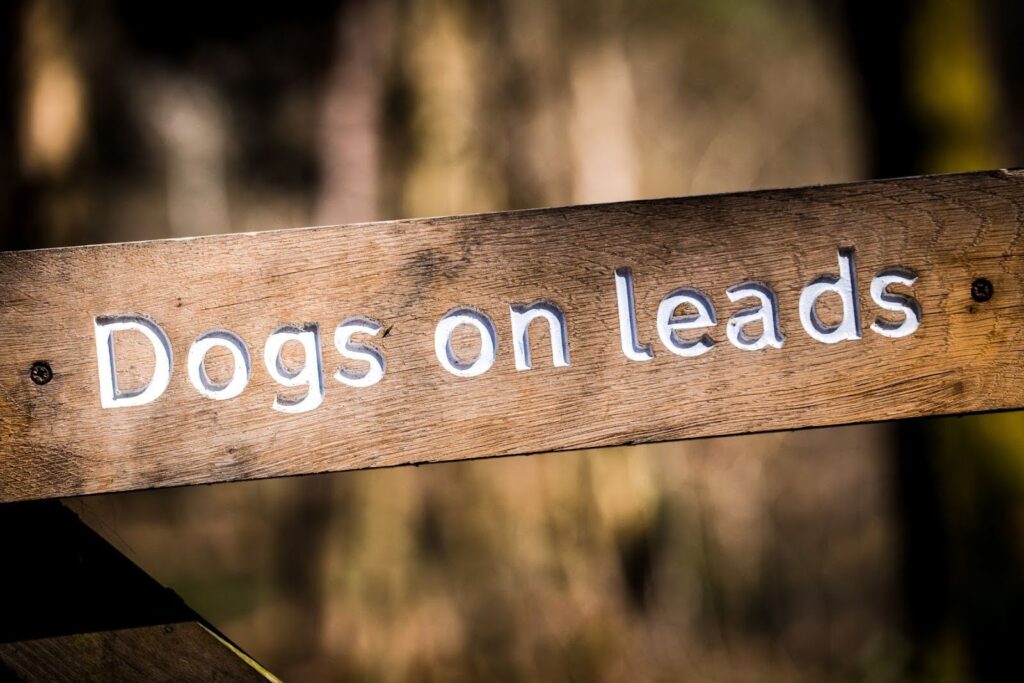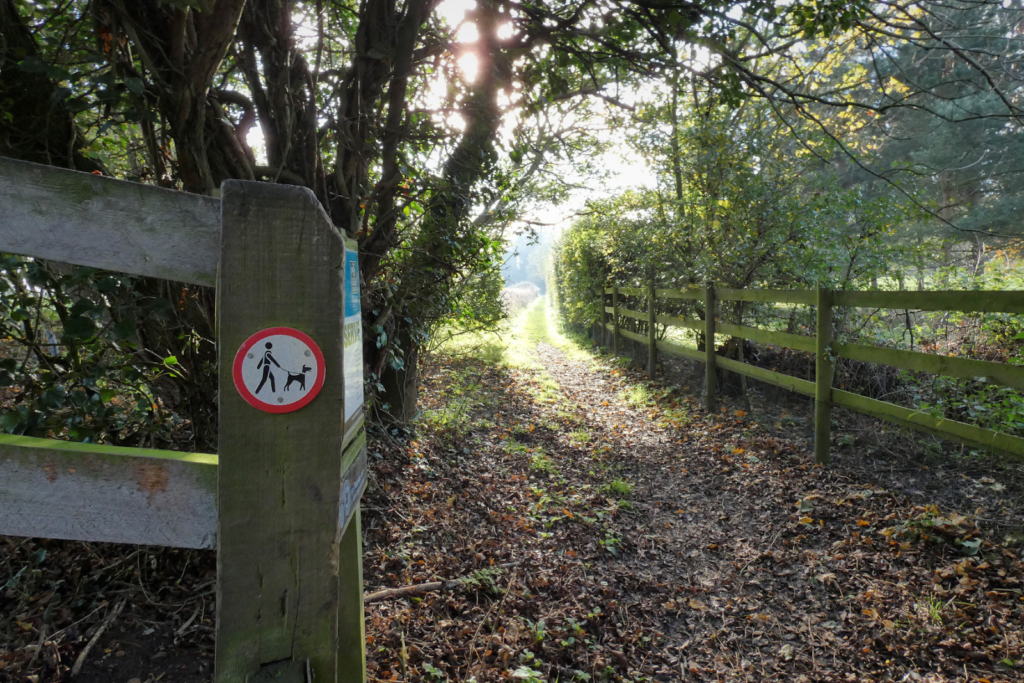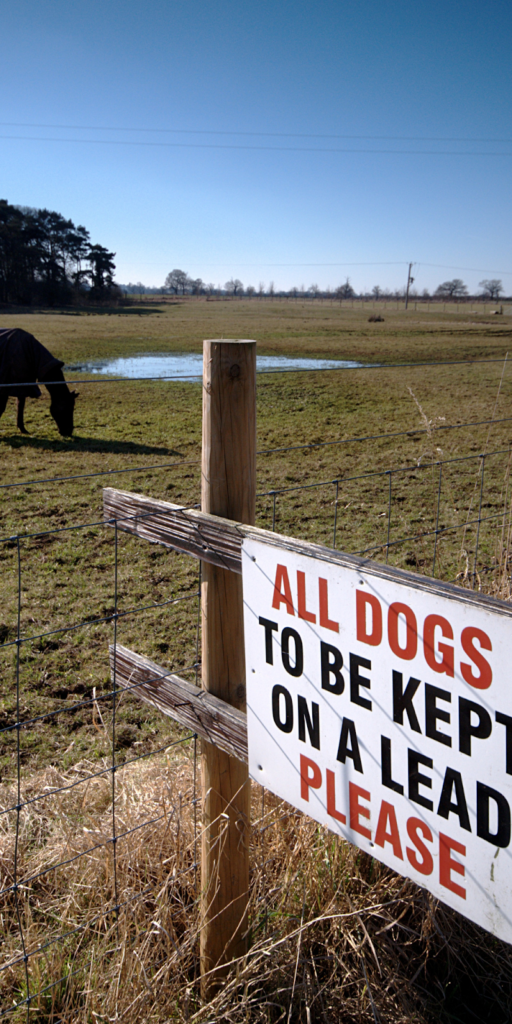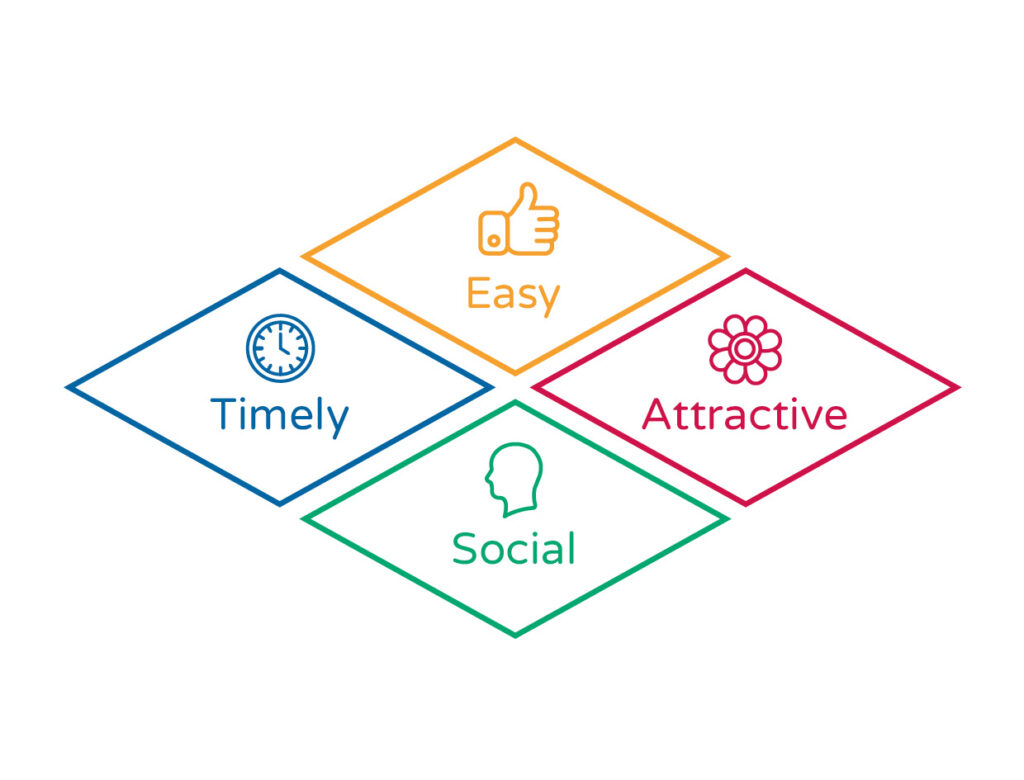
The benefits of a behaviour change ‘Ideation Hour’ for conservation
Fresh structured thinking with the power of behavioural science.
Are you working on a marketing or comms plan to engage people in different behaviours with maximum impact? Do you know about behavioural science but not sure where to begin?
Recently a Visitor Experience Consultant working with a conservation charity booked a ‘Behaviour Change Ideation Hour’, with Head Sidekick Livvy Drake, to help with messaging for a ‘Keeping Dogs on Leads’ signage campaign.

She was brimming with ideas, keen to apply behavioural science and feeling slightly overwhelmed with all the possibilities.
Previously signage had been quite wordy, which she was keen to minimise, as people don’t read.
To avoid a negative ‘Dogs can’t go here’ message, we decided to focus on the positive framing of what people can do e.g. ‘dogs on leads welcome here’ and follow the ‘dog friendly’ routes.

Mapping the audiences, motivations and touch points
Rather than just focusing on the exact words for a punchy ‘one hit wonder’ sign, we took a step back.
First of all we identified the different visitors and why they may be walking dogs off leads.e.g. locals because they have always done it, or newbies because they are unsure of the rules, or because in other parts of the countryside they can.

Considering these different stakeholders, we mapped the steps in their journey to choose to visit a reserve with their dog, what they may have Googled to make their decision, as well as the routes they would be entering the site. This helped us identify that locals may not come through the main gates, but across the fields.
Developing messaging ideas
These reflections brought up a number of insights which then helped to identify what needed to be communicated and where.
We used the EAST framework to identify messages and communication tactics that were:
- EASY – Using colour coded icons for routes that dogs were and weren’t allowed on
- ATTRACTIVE – Dog-friendly routes this way
- SOCIAL – ‘We walk our dogs on leads here’- suggesting what the social norms are
- Using eyes on signs – eye signs have been shown to reduce anti-social behaviour and increase pro-social behaviours
- TIMELY– Is your dog on a lead?

As part of the communications journey, we considered opportunities to:
- Prime people about how to act without asking or telling them what to do:
- PR about the creation of ‘dog-friendly’ routes
- Pride in local biodiversity on reserves
- Influence them at the moment they were making a decision:
- Dog walking information on Google Map entries
- Reminders on local byways and in car parks about using leads
- Providing dog walker maps
- Validate their decisions to do the desired behaviour
- Thanking them for using a lead
In one hour we filled a page with ideas and the client stated that they felt much clearer and confident about the campaign approach.
Would you like some inspiration for your campaigns?
If you feel like you would benefit from an ideation hour to talk through your campaign using the structures of a journey map and a behavioural science framework, book an Ideation Hour with Livvy Drake.

‘The Ideation Hour with Livvy was time well spent, it consolidated all the theory that was spinning in my head into a deliverable plan that should be a game changer in our approach to visitor management.’
